Microcurrent Electrical Therapy (MET)
Microcurrent Electrical Therapy Defined
(MET)
What Is Microcurrent Electrical Therapy?
Microcurrent Electrical Therapy (MET), also called Microcurrent Electrical Neuromuscular Stimulation (MENS) or simply Microcurrent Therapy (MC), uses very low-intensity electrical currents to promote cellular repair and reduce pain, primarily targeting musculoskeletal and chronic pain conditions.
What Does MET Treat?
MET is typically applied to muscles, joints, or other areas of pain or injury. It is primarily used for:
Pain Management: Chronic and acute pain, including conditions like fibromyalgia, neuropathy, and back pain.
Tissue Healing: Supporting recovery from injuries by promoting circulation and cellular repair
MET Mechanism of Action
While sometimes similar in appearance to Transcutaneous Electrical Nerve Stimulation (TENS) devices, MET delivers microampere-level electrical currents to tissues via electrodes placed on the skin. These currents are much lower than those used in conventional electrical stimulation therapies, aiming to mimic the body’s natural electrical activity. It’s typically applied to muscles, joints, or other areas of pain or injury using adhesive electrodes or handheld probes. While the exact mechanics are still being studied, MET has several benefits:
Cellular Repair: MET is thought to enhance ATP production, a crucial energy molecule in cells, promoting cellular repair and regeneration.
Pain Reduction: It is believed to stimulate endorphin release and modulate nerve activity, reducing pain perception.
Anti-Inflammatory Effects: MET may reduce inflammation by altering the electrical environment of injured tissues.
Is MET FDA Approved?
Some MET devices are FDA-cleared for pain management and over-the-counter use but are not FDA-approved for specific medical conditions.
Can MET Treat Alzheimer’s?
There is limited research on MET for Alzheimer’s disease, but some early investigations suggest potential benefits.
-
While animal models might have the current administered generally throughout the body rather than at targeted locations, there were notable reductions in the production and processing of the proteins and enzymes associated with Alzheimer’s.
-
Neuroprotection: MET’s ability to enhance ATP production and reduce inflammation may support neuronal health.
Cognitive Benefits: Preliminary studies have explored using MET to improve brain function and reduce symptoms of depression and anxiety, which are common in Alzheimer’s patients.
-
Most studies focus on pain management rather than direct cognitive or neurological improvements. While there have been some studies using animal models, MET has not undergone significant testing for Alzheimer’s or received FDA approval for this application.
How does MET compare to TEMT-RF?
Microcurrent Electrical Therapy (MET) and Transcranial Electromagnetic Treatment with Radio Frequencies (TEMT-RF) are both non-invasive neuromodulation techniques, but they differ in their mechanisms and target conditions.
TEMT-RF uses ultra-high frequency radio waves to modulate brain function and cellular activity delivered through a non-invasive wearable headset.
Microcurrent Electrical Therapy (MET) uses very low-intensity electrical currents to promote cellular repair and reduce pain delivered through electrodes placed on the skin.
Learn more about Microcurrent Electrical Therapy
Microcurrent Electrical Therapy Products
Microcurrent Electrical Therapy Research
Alzheimer’s Disease Research
Microcurrent therapy as the nonpharmacological new protocol against Alzheimer’s disease
Other Research
External links are provided for reference only and do not imply affiliation, endorsement, or recommendation by NeuroEM Therapeutics. NeuroEM is not responsible for the content, accuracy, or claims made on external sites. All trademarks and copyrights are the property of their respective owners.

